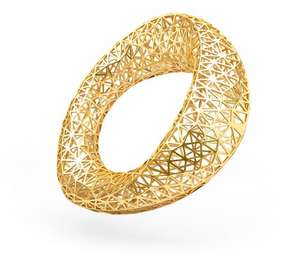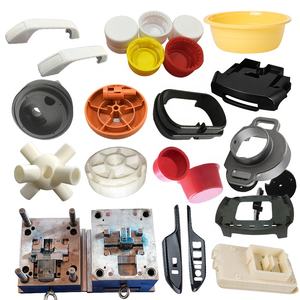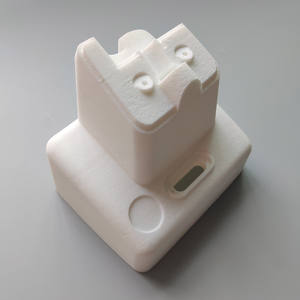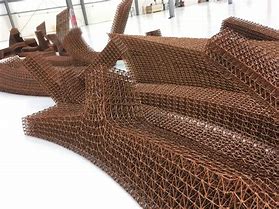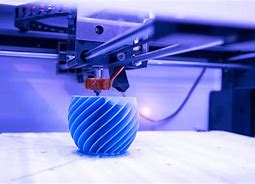Discover a professional 3D printing powder supplier
Title: From Plastic to Metal: The Magic of Casting Your 3D Prints
(how to metal cast 3d prints)
Main Product Keywords: Metal Casting, 3D Prints
1. What is Metal Casting for 3D Prints?
Metal casting for 3D prints is a clever process. It turns your plastic models into solid metal parts. You start with a 3D printed object. Usually, you use PLA plastic. This printed piece becomes a pattern. Think of it like a mold master. You surround this pattern with special sand or plaster. This creates a mold cavity. Then, you carefully remove the plastic pattern. Heat melts it away or burns it out. Now you have an empty space in the shape of your original print. Next, you pour molten metal into this cavity. The metal fills the space. It cools down. It hardens. Finally, you break away the sand or plaster. What remains is a metal replica of your 3D printed design. This technique bridges digital design and traditional metalworking. It’s powerful. It’s accessible.
2. Why Cast Metal from 3D Prints?
Several strong reasons make this method appealing. First, it unlocks complex shapes. 3D printers excel at making intricate, detailed models. Shapes impossible to machine easily. By casting these prints in metal, you get those complex forms in a durable material. Second, it’s cost-effective for small batches. Making a traditional metal mold is expensive. It only makes sense for large production runs. Casting from a 3D print avoids that high cost. You make one or ten pieces affordably. Third, it speeds up prototyping. Design a part on your computer. Print it in plastic quickly. Cast it in metal. You test a functional metal part much faster. Fourth, it brings metalworking to the desktop. You don’t need giant industrial machines. With a 3D printer and basic casting gear, you can make metal objects at home or in a small workshop. It empowers makers and small businesses.
3. How Does Metal Casting 3D Prints Work? (Lost PLA Casting)
The most common method is called “Lost PLA Casting.” It’s similar to ancient lost-wax casting, but uses modern plastic. Follow these steps:
1. Design & Print: Create your 3D model. Print it using PLA filament. Make the walls solid or slightly thick. Include sprues and vents in your design. These are channels for metal flow and air escape.
2. Prepare the Flask: Place your printed PLA model in a sturdy container called a flask. Position it upside down. The sprues should point upwards.
3. Mix & Pour Investment: Mix investment powder (like plaster-silica blend) with water. Pour this slurry carefully over the PLA model inside the flask. Ensure it covers the model completely. Tap the flask gently. This removes air bubbles.
4. Cure the Mold: Let the investment harden completely. This usually takes several hours. Sometimes overnight.
5. Burn Out the PLA: Place the hardened flask in a kiln or oven. Heat it slowly. The temperature must rise gradually. Aim for around 1000°F (538°C) or higher. The PLA plastic inside melts. It vaporizes. It burns away completely. Only a hollow cavity remains. This step is crucial. It must remove all plastic residue.
6. Melt the Metal: While the mold heats, prepare your metal. Common choices are aluminum, bronze, or brass. Use a crucible in a furnace. Heat the metal until it becomes liquid.
7. Pour the Metal: Carefully remove the hot flask from the kiln. Place it in a safe pouring area. Often packed in sand for safety. Using tongs, pour the molten metal into the sprue hole of the flask. Fill the cavity completely.
8. Cool & Break: Let the metal cool and solidify inside the mold. This takes time. Be patient. Once completely cool, submerge the flask in water. The investment plaster softens and breaks away. Your metal casting appears.
9. Clean & Finish: Cut off the sprues and vents. File down rough edges. Sand or polish the metal part. Your 3D print is now metal.
4. Applications: Where Does Cast Metal 3D Printing Shine?
This technique has diverse uses. Its flexibility opens many doors:
Custom Jewelry: Design unique rings, pendants, or charms. Print them in PLA. Cast them in silver, gold, or bronze. Create one-of-a-kind pieces.
Functional Prototypes: Engineers need metal parts for testing. Print a plastic prototype. Cast it in aluminum. Test strength, fit, and function quickly. Much faster than machining.
Replacement Parts: Need a specific gear or bracket for an old machine? Model it. Print it. Cast it in metal. Restore functionality.
Art & Sculpture: Artists create intricate sculptures digitally. Print them. Cast them in bronze or brass. Achieve complex forms difficult by other methods.
Small Batch Production: Making limited edition products? Metal figurines, specialized tools, custom hardware. Casting from 3D prints is perfect. Avoid expensive tooling.
Hobbyist Projects: Model makers, cosplayers, robotics enthusiasts. Create strong, detailed metal components for your projects. Enhance realism and durability.
Education: Teach design, manufacturing, and metallurgy principles. Students see digital designs become tangible metal objects. A powerful learning tool.
5. FAQs: Your Metal Casting 3D Print Questions Answered
Here are common questions people ask:
1. Is any 3D printer okay? Most FDM printers using PLA work. Resin printers can work too. Use special “castable” resin designed to burn out cleanly. PLA is often easiest for beginners.
2. Is it safe to do at home? Extreme caution is needed. Molten metal is extremely dangerous. Requires proper safety gear: face shield, heavy gloves, leather apron, fire-resistant workspace. Good ventilation is essential. Start small. Understand the risks fully.
3. What metals can I use? Aluminum is popular. It melts at lower temperatures. Bronze and brass are common. Silver and gold for jewelry. Steel requires much higher heat. It’s harder for beginners. Stick to lower melting point metals initially.
4. How detailed can the casts be? Very detailed. The process captures fine features from the 3D print. Surface finish depends on the original print quality. The investment material. The metal used. Post-processing like polishing improves the look.
5. Why use PLA? Why not other plastics? PLA burns out relatively cleanly. It leaves little ash. It melts at a lower temperature than ABS. PETG can work but often leaves more residue. PLA is the standard choice for lost-PLA casting.
6. How expensive is it? The startup cost involves a furnace, crucible, tongs, safety gear, flasks, and investment material. This costs several hundred dollars. After setup, material costs per casting are low. PLA is cheap. Metal cost depends on type and amount.
(how to metal cast 3d prints)
7. Can I cast hollow parts? Yes. Design your model with internal channels. Include vents for the burnout gases to escape. Ensure the investment fills all cavities properly. It requires careful design and execution. Solid parts are easier for beginners.



